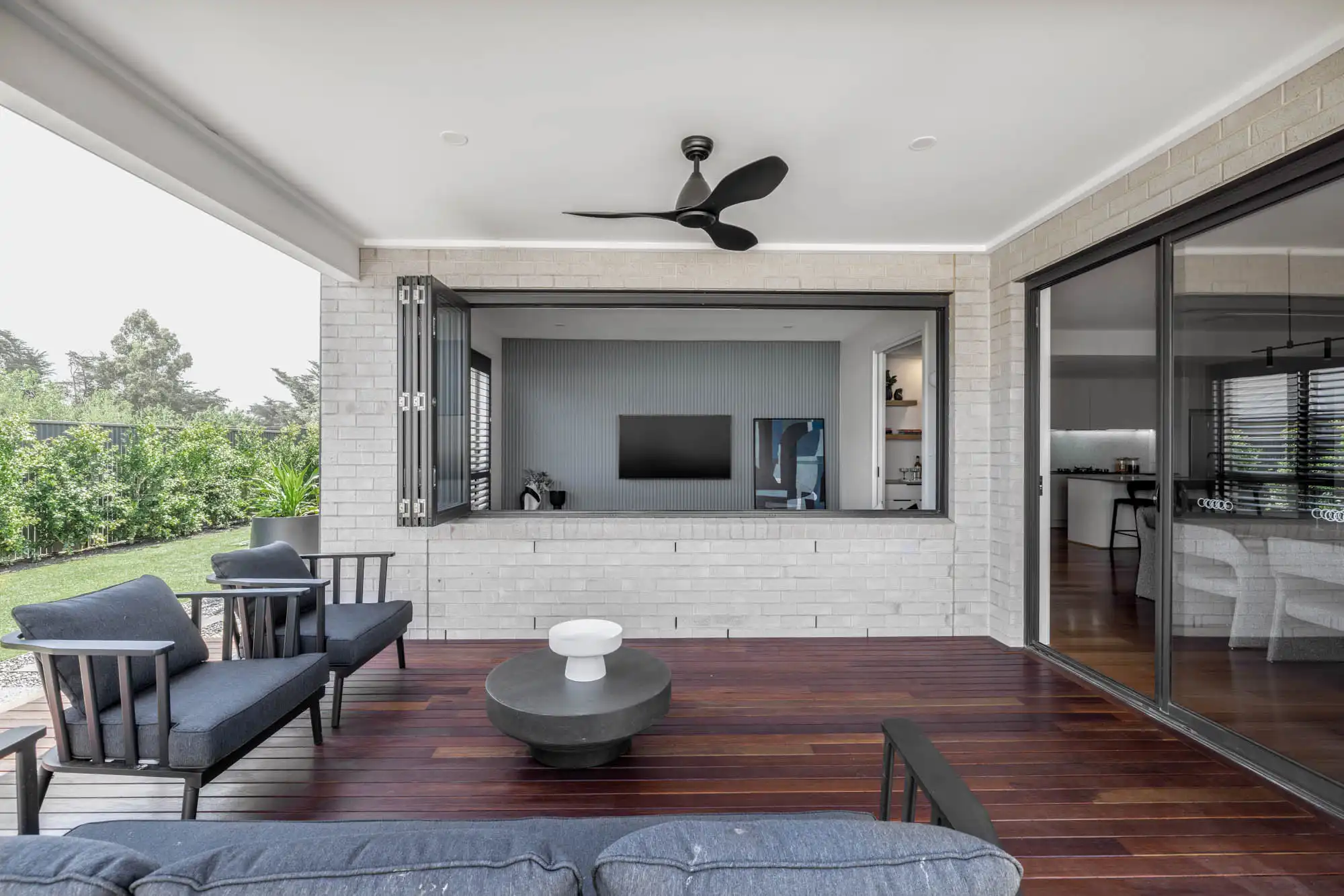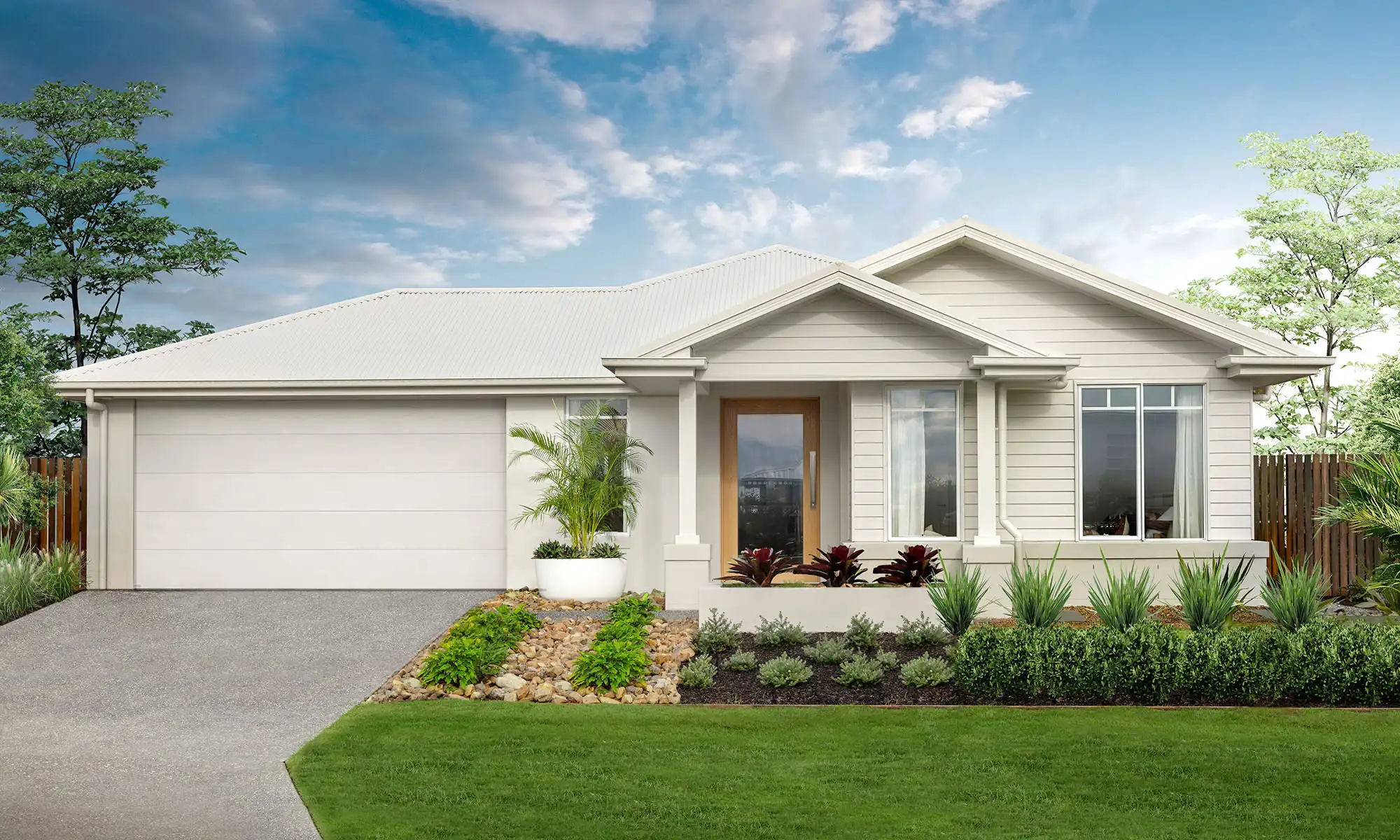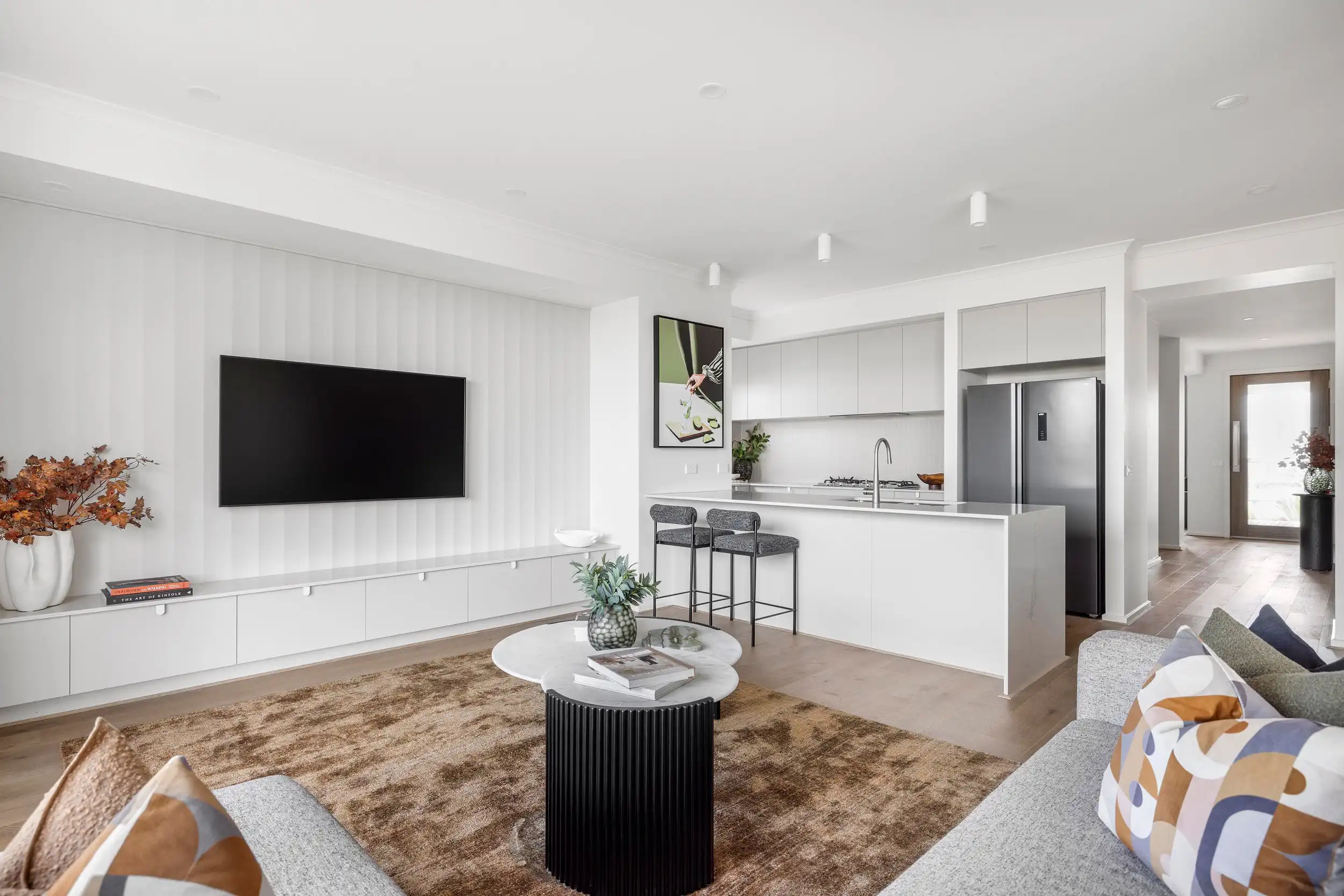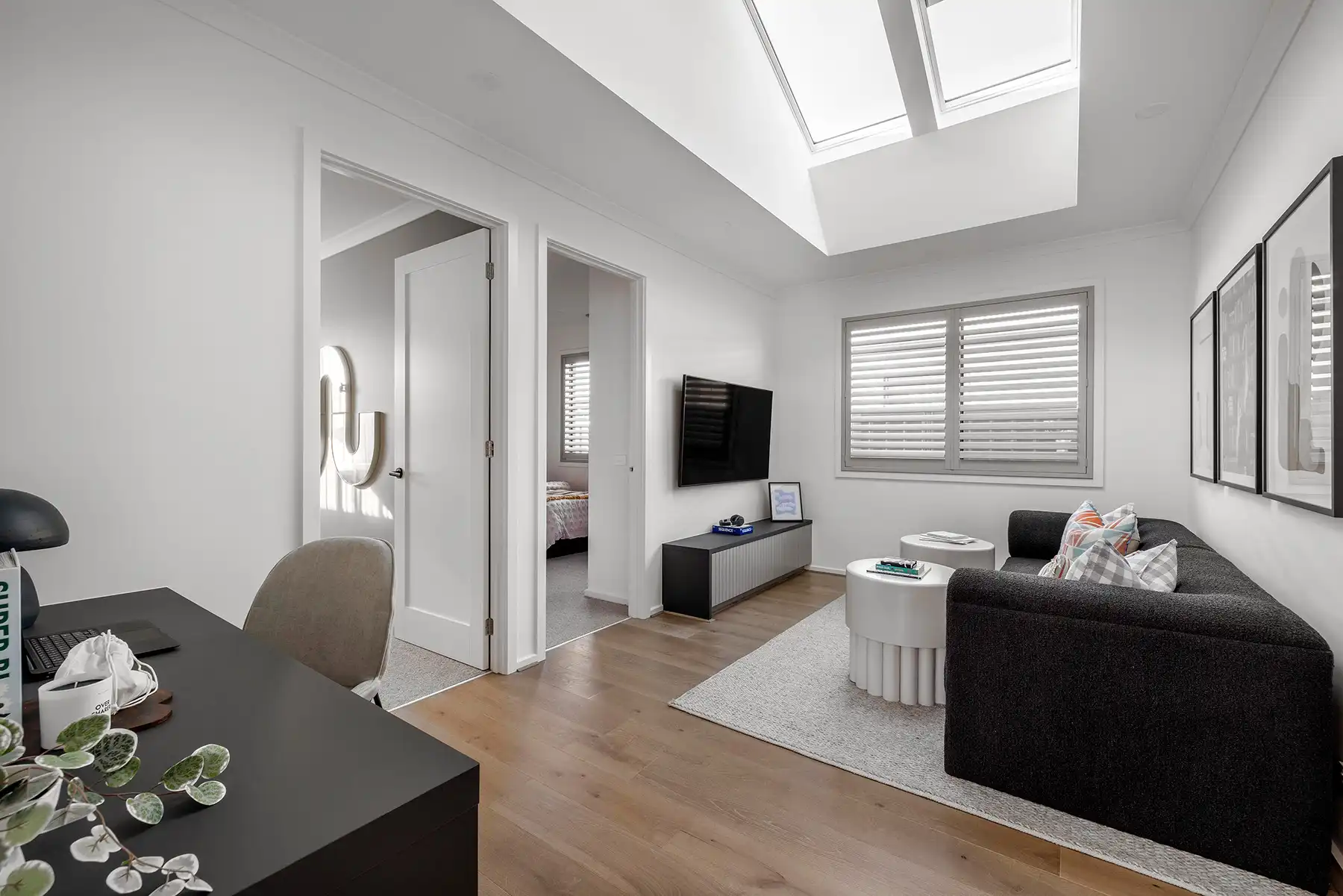

2025 First Home Guarantee changes: What to know about buying after October 1
From 1 October 2025, major changes to the First Home Guarantee, part of the Home Guarantee Scheme, will make it easier and more affordable for first-home buyers to enter the market.
Here’s what first-home buyers need to know:
The scheme now offers unlimited places, removing the previous cap on applications and eliminating long waiting lists.
Higher property caps have been introduced to better reflect contemporary market prices.
The removal of income caps means all eligible first-home buyers can now apply for the scheme, regardless of their income level.
Required deposits have also been reduced.
These changes could make the dream of owning a home more attainable for thousands of households.

Opening doors for first-home buyers
The new property price caps vary by location, aligning more closely with current market conditions. In the capital cities they include:
Sydney: $1.5 million
Melbourne: $950,000
Brisbane: $1 million
Canberra: $1 million
Perth: $850,000
Adelaide: $900,000
Hobart: $700,000

In a major change, the First Home Guarantee now allows buyers to secure a property with a deposit as low as 5% without paying costly Lenders Mortgage Insurance.
Instead, the government provides a guarantee for a portion of the loan to the participating lender, reducing reliance on larger savings or parental assistance.
On a $700,000 home, a 5% deposit equates to $35,000, while a $900,000 property would require $45,000.
According to Emily Reiss, general manager of land acquisition and house and land at Simonds Homes, the latest updates will finally turn the dream of home ownership into a reality for many Australians.
“It’s a real game-changer. For so many people, saving for a deposit has been the biggest hurdle, especially with the cost of living continuing to rise,” Ms Reiss says.
“By broadening the scheme, more people now have a genuine chance to step into the market.”
Ms Reiss says that she is already seeing growing confidence from first-home buyers who might’ve felt locked out before.
“On top of that, avoiding Lenders Mortgage Insurance saves tens of thousands of dollars, which is money they can put towards their home,” she says.
“It makes the pathway more straightforward and a lot less daunting.”

From savings to keys: Navigating the new scheme
Buyers planning to take advantage of the October changes can get prepared by checking eligibility criteria, understanding updated property caps and engaging early with participating lenders to get clarity on application processes.
Ms Reiss says the scheme’s expansion highlights the importance of balancing affordability with design quality.
To help buyers stretch the value of government support while still achieving a home that meets their needs, thoughtful planning and smart build choices go a long way.
“We’re really conscious that affordability can’t come at the cost of quality,” says Ms Reiss.
She explains that her team works hard to design homes that maximise space, function and style within realistic budgets.
“That’s why we offer house and land packages, move-in ready homes from our Ready Now range, and contemporary townhomes in communities with strong growth potential,” she says.

Affordable builds for growing families
Many Simonds home designs now fit within the new property caps, offering flexible layouts that suit a range of lifestyles and family sizes.
In Victoria, that includes four-bedroom, three-bathroom townhomes from $509,000, Ready Now homes priced between $650,000 and $799,000, and house and land packages starting from $531,000.
House and land packages in south-east Queensland and South Australia also fall under the new thresholds.
“From October we expect to see a much wider group of buyers making the move from renting to building,” says Ms Reiss.
“From young couples just starting out to families looking for a bit more space and even single buyers who now have more flexibility under the scheme. Suddenly a home that ticks their wish list is no longer out of reach.”
*This article was originally published on realestate.com.au.
